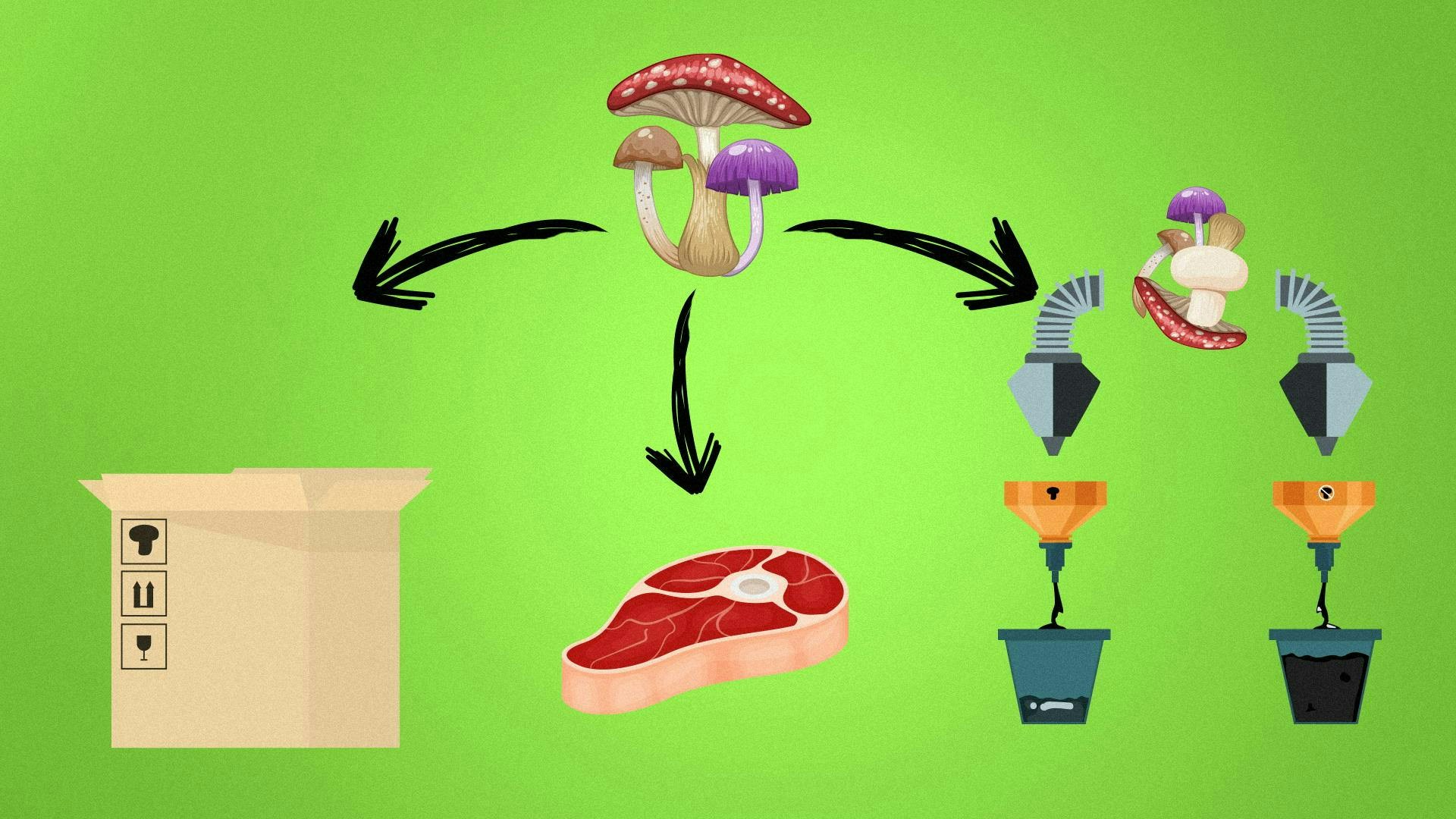Not just sci-fi: Aerographene

TOPICS
ForesightWhat in the name of tech is aerographene?
Imagine a material lighter than air, but stronger than steel.
In 2013, Chinese scientists developed the world’s lightest material … and I bet you’ve never heard of it. “Aerographene” is a portmanteau combining the words for the two elements it is made of: aerogel, an ultralight highly porous material 99 percent composed of air; and graphene, a two-dimensional carbon nanomaterial.
There exist various types of aerogel. The most common is made of silica, which once held the world record for the least dense solid (1,000 g/m3). In 2011, nickel aerogel clocked 900 g/m3. But aerographene stole the limelight at 160 g/m3, making it the new Guinness World Record-holder.
Aerographene is about 6 times lighter than air. It can perch, without trouble, on a single flower petal.
IF IT’S LIGHTER THAN AIR, WHY DOESN’T IT FLOAT?
It would … If all its tiny cavities weren't filled with the surrounding air. If you could suck the air out of aerographene, the vacuum structure would indeed float; generally speaking, though, it doesn’t.
But its porousness is what makes this material so precious. It can absorb organic liquids up to 657 times its own weight, which explains why scientists consider it an ideal candidate for cleaning up oil spills. But aerographene remains very costly—not only compared to other sorbents for oil spills, but within most all of its potential fields of application.
WHEN WILL IT SHOW UP IN MY LIVING ROOM?
The material will be widely available when bulk production can be facilitated and justified. Graphene’s price keeps plummeting, but its complex manufacturing yields too little for most businesses to consider it a viable investment. The same goes for aerogels, which are expensive and thus produced in small batches.
Still, given what aerographene has to offer, it won’t be long before it populates our homes—for example, in superfast charging batteries, water purificators, and laser light bulbs. Aerographene is shockingly flexible and “can fully recover without fracture even after 90 percent compression”. It is temperature-invariant, from -190°C to 300°C. Here’s the cherry on top: It is hydrophobic and conductive.
Graphene aerogel could thus serve for all sorts of waterproof and thermal insulated equipment (ex. clothing, electronics, combat suits or spacesuits), enable flexible electronic devices, and absorb organic pollutants (water purification, air filtering). It probably also grants wishes and cooks. (Okay, maybe not.)
Here's the gamechanger: These days, it can be 3D printed—meaning aerographene will impact many more industries as it facilitates further experimentation. In a 10- to 15-year timeframe, expect this technology to exit the universe of “sci-fi.”
In "Not just sci-fi," Nathalie Béchet breaks down the research reality and market potential of technologies that capture our imagination. Check out the previous piece on claytronics.
30 Mar 2023
-
Nathalie Béchet
Illustration by Debarpan Das.
The future in your inbox.
02/03
Related Insights
03/03
L’Atelier is a data intelligence company based in Paris.
We use advanced machine learning and generative AI to identify emerging technologies and analyse their impact on countries, companies, and capital.


